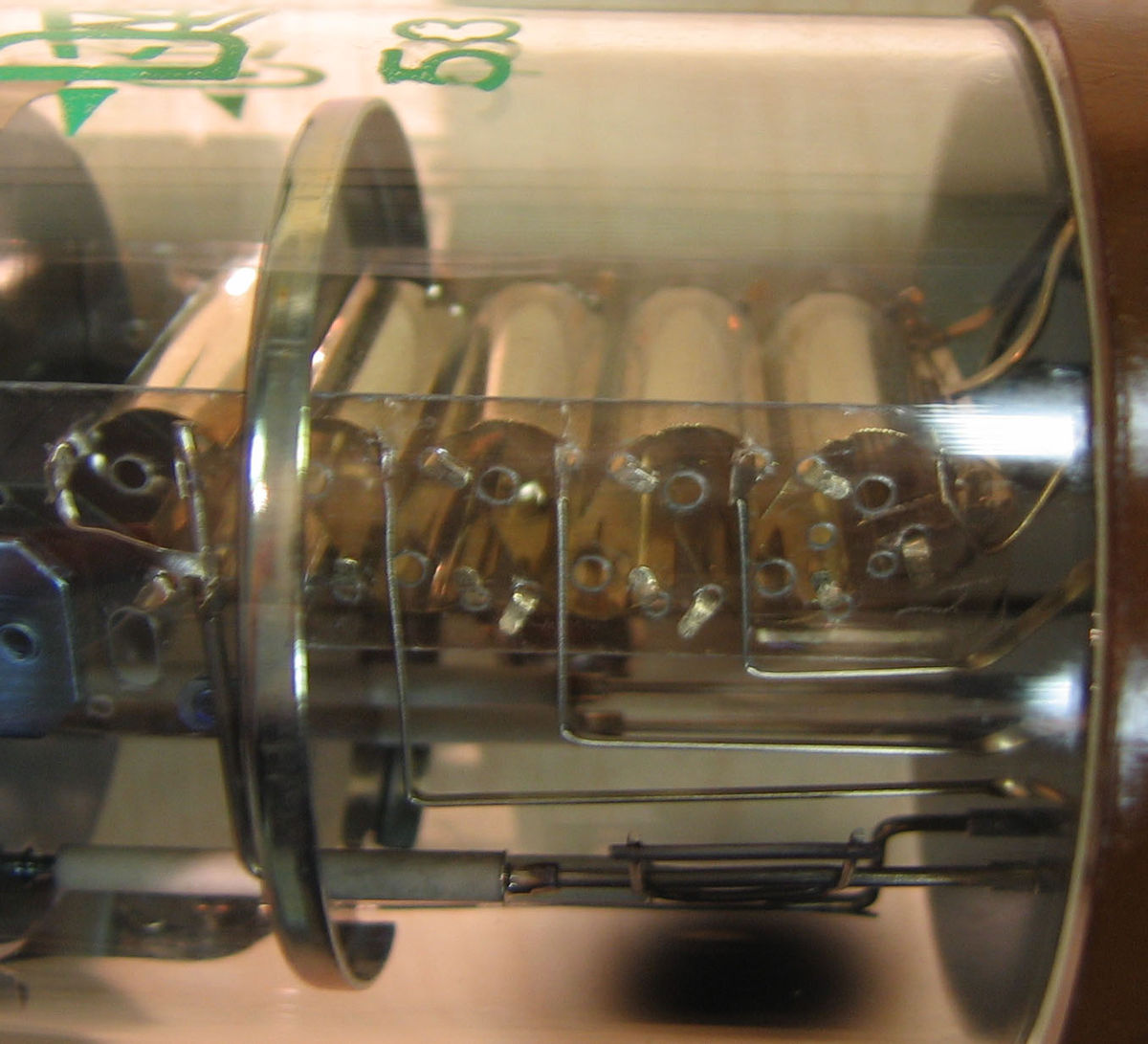Here's the manual. Where's the equipment? Pilot training manual for the Lightning P-38 : United States. Army Air Forces. Office of Flying Safety : Free Download, Borrow, and Streaming : Internet Archive
Page 55, IFF
Page 62 - Three recognition lights, red, green, and amber, are on the underside of the gondola. On some airplanes a white recognition light is behind the pilot's compartment on the radio equipment. These lights are used as an aid in night formation flying, for signals, and, in combat, for identification.
Page 55, IFF
Page 62 - Three recognition lights, red, green, and amber, are on the underside of the gondola. On some airplanes a white recognition light is behind the pilot's compartment on the radio equipment. These lights are used as an aid in night formation flying, for signals, and, in combat, for identification.

